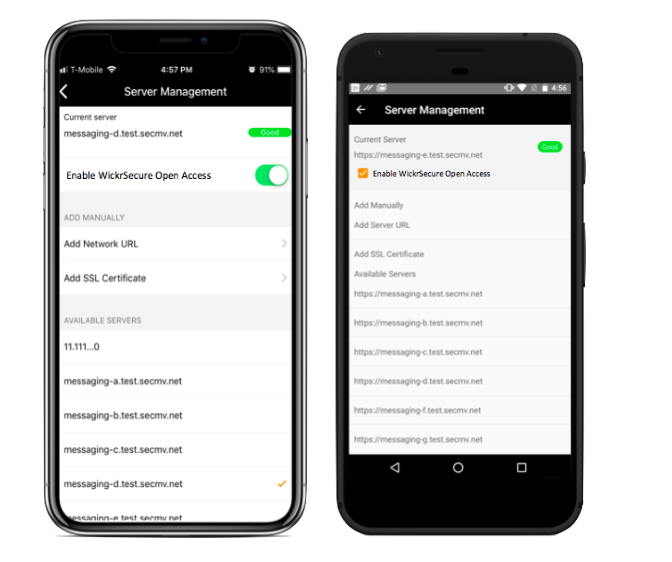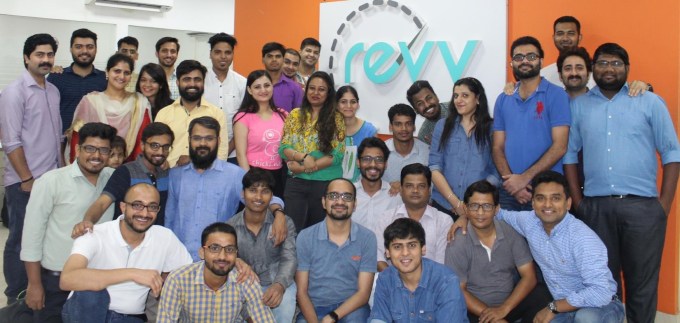Lead Edge Capital, a New York-based venture firm, has been around since 2009, and it has been quietly growing like kudzu since. After closing its very first fund with $52 million back in 2011, it has been roughly doubling the size of its funds ever since, closing on $138 million in 2013 and $290 million in 2016 and today, announcing a fourth, $520 million fund. Altogether, including some special purpose vehicles it has assembled, the firm is now managing roughly $1.5 billion in assets.
How did the team, led by founder Mitchell Green, pull it off? Green’s background may have helped. The Williams College grad says he went to work for UBS as a banking analyst in its M&A group out of college, then it was on to Bessemer Venture Partners as an analyst, then Wharton, where he not only earned his MBA but began working at a Tiger-cub-seeded hedge fund by Julian Robertson. All along the way, Green was apparently making friends in high places. And given the success of Lead Edge to date, they are happy enough to have him manage some of their money through Lead Edge.
We talked with Green about some of those connections, and Lead Edge’s new fund, via an email exchange late yesterday. Our chat has been edited for length.
TC: Your investor base consists of more than 250 executives and investors. In fact, you say that 70 percent of your new fund comes from individual LPs, while only 30 percent of the capital came from institutional investors. Who are these people?
MG: They come from Charles Schwab, Capital One, NetSuite, eBay, Neiman Marcus, Xerox, Unilever, Cisco, Saks, Microsoft and many more. Among them is Anne Mulcahy, the former chairman and CEO of Xerox; Alison Rosenthal, the former head of mobile at Facebook; Nigal Morris, the cofounder of Capital One; GitHub CEO Nat Friedman; and David Pottruck, the former CEO of Charles Schwab.
We pride ourselves on leveraging our LPs to make connections on behalf of portfolio companies. Instead of simply deploying capital, our LPs and operating partners are dedicated to mentoring and leading portfolio businesses through their extended network and deep knowledge across different industries.
TC: Any examples?
Our first discussion with [cybersecurity firm] Duo Security resulted in an introduction between Duo’s CEO, Dug Song, and the former CIO of General Motors. While Duo wasn’t raising money, they assured us that if they did, they would let us know, as they saw how helpful our network could be. Eventually, we invested over $90 million into Duo [which is now being acquired by Cisco for $2.35 billion].
TC: What kinds of company does Lead Edge target, and has that changed over time?
MG: We’ve always been focused on companies in the software, internet, business services and consumer sectors. They types of companies we’ve invested in haven’t changed over time. Some current and former portfolio companies include Alibaba Group, Arrive Logistics, Bazaarvoice, Delivery Hero, Duo Security, Mindbody, Marketo,Refinery29, Spotify, Toast, Uber and Xamarin.
TC: What’s the strategy exactly?
MG: Most of our capital is geared towards companies in the $10 million to $100 million annual revenue range, where our LP base can help our portfolio companies in a multitude of ways — from customer relationships to advisory to recruiting. The balance of our capital is invested into what we call “platform” companies like Alibaba, Uber and Spotify, as well as public market investments, where we’re long only.
TC: Which company has raised the biggest check from Lead Edge?
MG: We’re able to scale our investments though dedicated co-investment vehicles we’ve raised. We invested more than $300 million into Alibaba in the years leading up to its IPO; more than $150 million into Spotify in the years leading up to its IPO; and most recently, invested more than $90 million into Duo Security prior to the announced of its acquisition by Cisco.
TC: Which has produced the biggest return?
MG: We’ve had several excellent exits, but our largest returns by dollars returned to LPs were via Alibaba’s IPO, Spotify’s IPO, and now the impending sale of Duo Security. We’ve also had a number of other strong exits, including Xamarin, which was acquired by Microsoft; Bazaarvoice, which went public; Clearscore, which is being acquired by Experian); Marketo, which went public and was then acquired; Driling Info, which was acquired by Genstar; and Delivery Hero, which went public.
TC: That’s quite a run. How do decisions get made? Majority rules?
MG: We have a streamlined decision-making process that due to the small size of the investment committee consists of the firm’s three partners, including myself; Brian Neider, who I’d met at Bessemer; and Nimay Mehta. All three of us have been working together and served on the investment committee since Fund I. Brian and I shared an office together at Bessemer Venture Partners. Nimay was the first hire at here and has been with the firm since 2011.
TC: How much of your deal flow is inbound versus outbound?
MG: We all come from outbound backgrounds, so most of our sourcing is done outbound. Nimay was formerly with Insight Venture Partners, where he was an associate and worked on much of their outbound efforts. Brian and l worked together for nearly three years at Bessemer Venture Partners, and were the first two analysts that Bessemer ever hired to do outbound sourcing in 2005.
TC: What’s the strangest deal you’ve ever invested in?
MG: We knew the founder of this company that had an exciting but off-the-wall idea to create a scooter sharing application. It seemed crazy at the time, but we did participate in the initial funding rounds at Bird.
TC: Any deals you won’t do based on experience with last funds?
MG: We have certainly learned lessons in specific sectors and have a higher bar for companies in emerging economies as currency fluctuations could materially impact returns.
TC: Your biggest challenge right now as an investor in the current market?
MG: The largest challenge is seeing companies that are overcapitalized. Years ago, fundraising would take place in stages. Now, once a company reaches $5 million in revenue off a proof of concept, investors want to give them $50 million to capitalize on the idea. We think this can cause bad behavior in companies, so we’re cognizant of trying to find businesses that can be capital efficient or are burning capital in a way that’s commensurate with strong unit economics.
TC: SoftBank. How is its strategy impacting what you do?
MG: We don’t see them in most of our deals.

 There’s a cost in latency and throughput, of course, but while that may matter for online gaming or video streaming, it’s far less important for something like uploading an image, chatting with colleagues, and the other functions that Wickr provides. At all events you can turn the feature on or off at will.
There’s a cost in latency and throughput, of course, but while that may matter for online gaming or video streaming, it’s far less important for something like uploading an image, chatting with colleagues, and the other functions that Wickr provides. At all events you can turn the feature on or off at will.




